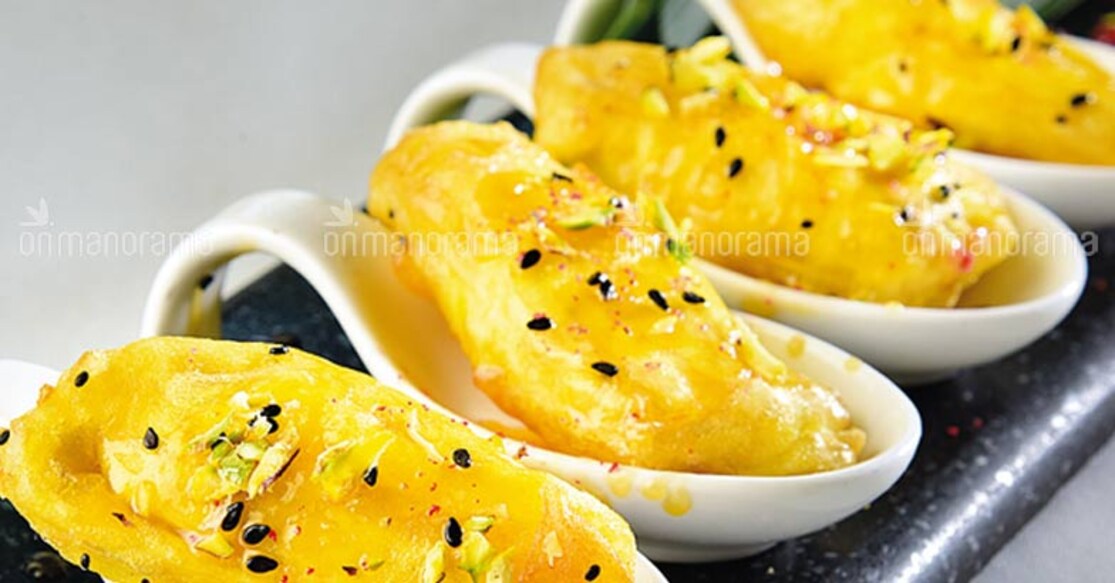Remembering some traditional fast foods

Mail This Article
These are times when you need grand fairs to introduce people to ethnic and traditional foods. And jackfruit, mango and papaya fairs usually evoke great public response. Some three-four decades ago, during my school days, I was part of a volunteer team under the leadership of _Balajanasakhyam_ that helped economically weaker families re-thatch their houses. That was during the summer holidays. We used to reach the houses early, around 6 am. It would be noon by the time the old thatch is removed, the rafters cleaned, and the new one put in place. The family living in the house will then serve the volunteers piping hot jackfruit _puzhukku_ _kanji_ made from locally grown rice, and mango pickles. Those lunches were the jackfruit fairs of those days—the volunteers eating the _kanji_ with _puzhukku_ and _achar_, using jackfruit leaves. Nothing that I have eaten in later life—from the buffets in star hotels to the lunches at the Raj Bhavan—could ever surpass the taste of that rustic food served with the best sauce ever—hunger. Have today’s Malayalis, while running after modern day fast foods, forgotten that there was once a fast-food culture, untainted by pollutants and toxins, on our land? There is no food that can be made faster than mixing soaked flattened rice (_aval_) with jaggery. But _aval_ has disappeared from our menus. It has been a while since we have given some thought to local food items, such as soaked _aval, kozhukkatta, puttu_ (steamed rice cake), _kumbilappam_, and _elayada_. _Idiyappam_ has been displaced by noodles that contain harmful substances such as lead and MSG. Interestingly, the Malayali finds it still easy to accept these traditional dishes when tempted by the market. Bakery owners who have understood this secret, now peddle these traditional foods wrapped in attractive packages, backed by advertisements. There is also a certain inferiority complex that can be seen in people who have become part of the fake vanity culture of today. But I don't understand the need for this inferiority complex. All these traditional dishes can be easily cooked at home. _Aval_ was made by beating fresh rice for hours on a pestle. The same went with rice flour for _puttu_, and the batter for _kozhukatta_. Such efforts helped to strengthen family ties a long time ago; there was a culture based on heavy work on our land—men worked outside in the fields and women at home to run families. This mutually beneficial effort acted as the glue between members of a family, and enhanced the love between them. But now these same dishes can be made without much effort. The diverse cooking styles of the people of central Travancore are famous. They have dishes that can be made easily and some, not so easily. Tapioca, for instance, can be used to make any number of dishes; all parts of the jackfruit are edible. Traditional dishes like _Theeyal_ made with masala that uses grated and roasted coconut are a speciality of this cuisine. If you can cultivate local vegetables like pumpkins or amaranths or peas on a small plot that you own, instead of either covering it with tiles or growing petunia or begonia, you can get a decent supply of vegetables not laced with pesticides. The leaves, flowers and fruits of the pumpkin plant are edible; _thazhutama_, banana stems and flower, all help increase immunity. If we accept a lifestyle in harmony with our geography, we can bring back our old food styles, and along with that, a pesticide-free and healthy life.

